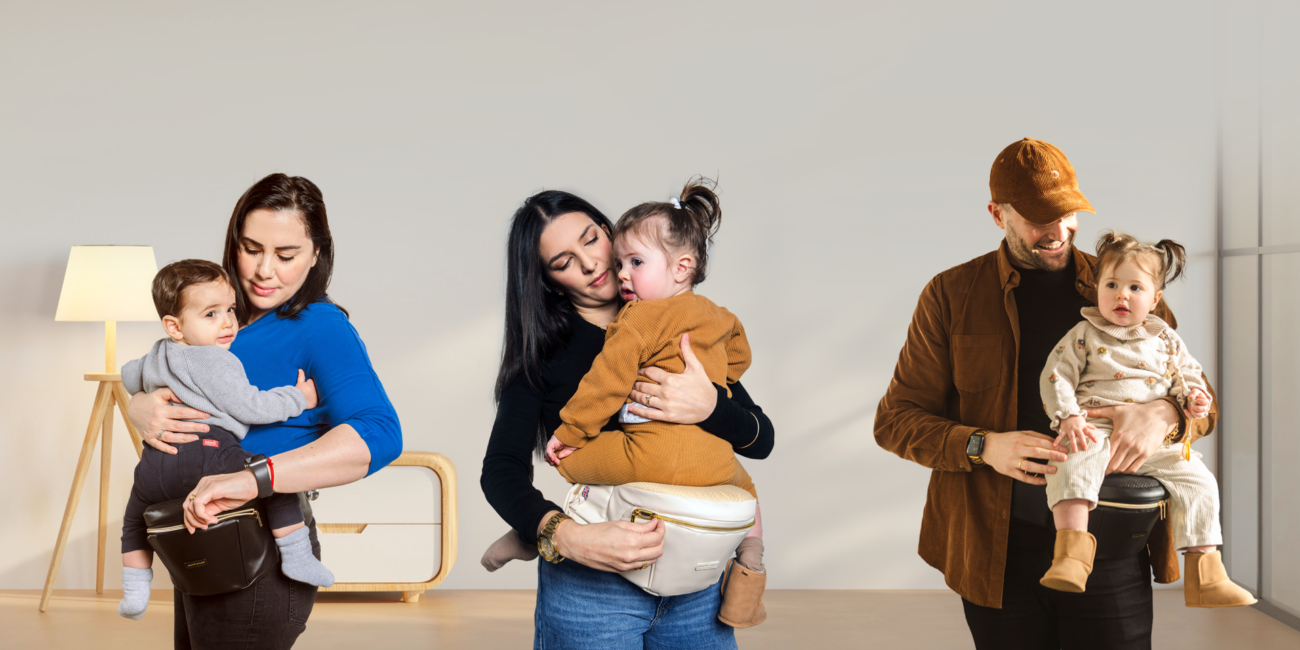For parents who love the outdoors and crave the thrill of a good hike, the arrival of a child doesn’t have to mean putting those adventures on hold. Hipseat carriers offer a fantastic solution for carrying your little one on hikes, allowing you to explore nature together comfortably and safely. But are hipseat carriers ideal for every hiking scenario? Let’s delve into the world of hipseat carriers for hiking, exploring their advantages, limitations, and how to choose the right one for your next family trek.
What is a Hipseat Carrier?
A hipseat carrier is a hybrid between a traditional backpack carrier and a fanny pack. It features a wide, padded belt that sits around your hips, providing lumbar support. Attached to the belt is a seat with straps that buckle around your child, offering a secure and comfortable place for them to rest. Some hipseat carriers come with detachable backpacks, adding storage space for essentials like snacks, water bottles, and diapers.
Why Choose a Hipseat Carrier for Hiking?
Hipseat carriers offer several advantages for hiking with young children:
- Comfort and Support for Parents: The wide, padded belt distributes your child’s weight evenly across your hips, reducing back strain and fatigue, especially on longer hikes. This allows you to enjoy the scenery and focus on the experience.
- Lightweight and Portable: Compared to traditional backpack carriers, Hipseat for hiking are lighter and more compact, making them easier to maneuver on uneven terrain. They are also convenient to take on and off quickly when your child wants to explore independently for a bit.
- Easy On and Off Access: Unlike backpack carriers, placing your child in and taking them out of a hipseat carrier is a breeze. This is especially helpful for frequent breaks and when your child gets fussy.
- Promotes Bonding: With your child close to your center of gravity, you can share the sights and sounds of the hike together, fostering a sense of connection and enjoyment.
- Versatility: Hipseat carriers can be used beyond hiking. They are great for everyday outings, errands, and even travel.
Things to Consider Before Hitting the Trails with a Hipseat Carrier
While hipseat carriers offer numerous benefits for hiking with young children, it’s important to consider some limitations:
- Limited Weight Capacity: Hipseat carriers are typically designed for younger children, usually up to 35-40 pounds. For older or heavier children, a traditional backpack carrier might be a more suitable option for longer hikes.
- Limited Back Support for Children: Hipseat carriers offer a seat but lack the full back support of a backpack carrier. This might not be ideal for long periods, especially for younger children who may need to nap during the hike.
- Balance and Maneuverability: The added weight on your hips can affect your balance, especially on uneven terrain. Be cautious when navigating steep inclines or declines.
Choosing the Right Hipseat Carrier for Hiking
With a variety of hipseat carriers available, selecting the right one for your hiking adventures depends on several factors:
- Your Child’s Age and Weight: Consider the weight capacity of the carrier and choose one that comfortably accommodates your child’s current size and anticipated growth for future hikes.
- Adjustability: Look for a carrier with adjustable features like straps, waistband, and leg rests to ensure a secure and comfortable fit for both you and your child.
- Lumbar Support: For longer hikes, prioritize a hipseat carrier with good lumbar support to minimize back strain.
- Storage Capacity: Choose a carrier with a detachable backpack or pockets if you need to carry essentials like snacks, water, and diapers.
- Sun Protection: If your hike exposes you to direct sunlight, consider a carrier with a sunshade to protect your child.
Hipseat Carrier Essentials for Hiking
Once you’ve chosen the perfect hipseat carrier, ensure you have these essentials for a successful hiking adventure:
- Hydration Backpack: Stay hydrated by carrying enough water for yourself and your child. Consider a backpack that attaches to your hipseat carrier for easy access.
- Snacks: Pack plenty of healthy and energy-boosting snacks for your little one.
- Sun Protection: Sunscreen, a hat, and sunglasses are crucial for protecting your child from the sun’s harmful rays.
- First-Aid Kit: Be prepared for minor scrapes or bumps with a basic first-aid kit.
- Rain Cover: If there’s a chance of rain, invest in a rain cover for your hipseat carrier to keep your child dry.
Conclusion:
Hipseat carriers offer a fantastic option for parents who love to hike and want to share the experience with their young children. They provide comfort and support for both parent and child, promote bonding, and are lightweight and versatile for various outings. However, they are best suited for shorter hikes with younger children due to weight capacity and back support limitations.
By carefully considering your child’s age, weight, and the demands of your chosen hike, you can select the right hipseat carrier and gear up for memorable adventures on the trails. Remember, prioritize safety, plan your route, and most importantly, enjoy creating lasting memories with your little explorer by your side!










